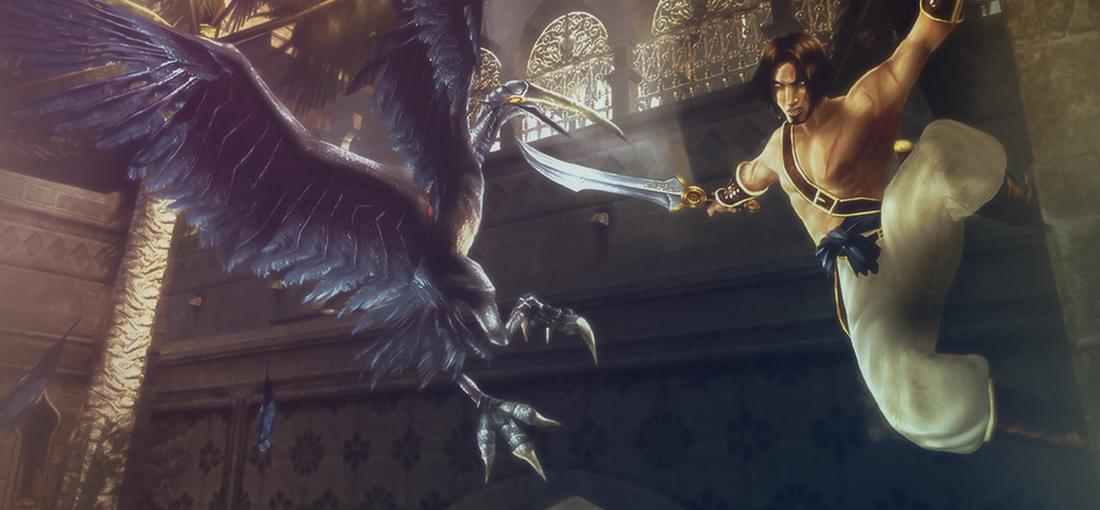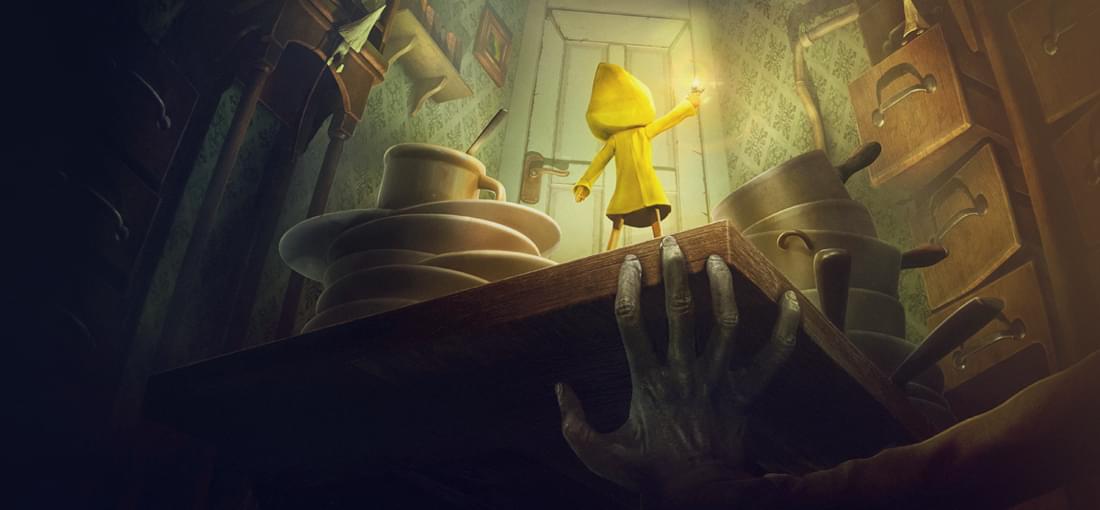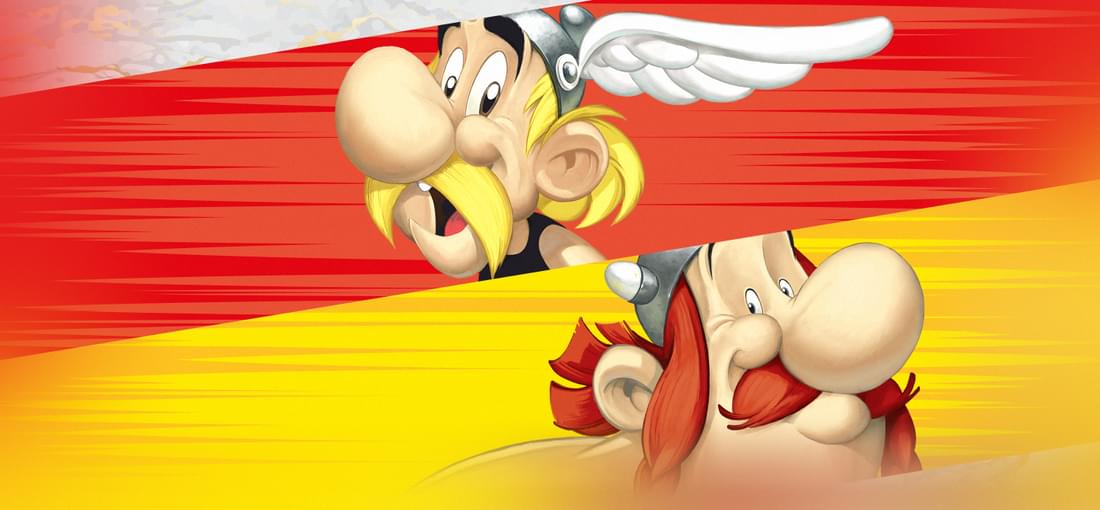


After a hiatus that lasted nearly a decade, I finally purchased Prince of Persia: The Sands of Time on G.O.G. and re-lived the mystical adventure lying hidden within the code. Much like the eponymous Sands of Time that drive the story, it felt like the clocks were thrown in full reverse and I was ushered back to one of the most innovative and unforgettable times in entertainment history. This was a blissful era when games were made for gamers, not stockholders. When studios were bursting with new ideas, and the question was not “What can we do in this game?” but instead “What can we NOT do in this game?” As ever the gorgeous visuals make it difficult to remember that The Sands of Time came out of 2003. Every texture and source of light gently… glows… and thereby bathes the player in that romantic Arabian Nights aesthetic. Moreover, The Prince’s clothes drip when he gets out of water, he skids to a halt after a rapid change of direction, and he teeters when close to the edge of a sharp drop. Games nearly two decades older still struggle with this care and attention to character animation. The sweetest cherry on top is the engrossing story of a young, headstrong prince of medieval Persia who must partner with a resentful, frightened captive in order to survive the dangers in the Palace of Azad. It is a timeless tale filled with high stakes and brilliant triumphs. There were only two little technical things with which I fiddled: 1) I just used the widescreen adapter from the PCGamingWiki site, and 2) I used Alchemy to re-enable the EAX sound. In conclusion, playing Prince of Persia Sands of Time more than twenty years later feels like reconnecting with a best friend with whom you lost touch. Much like you wonder why you stopped talking to the person in the first place, I could not figure out why I let so much time pass before I played this again.

Little Nightmares injects a good dose of terror into the 2.5D puzzle-platformer genre. I am still not entirely sure what the story is, but there are some great fan theories on the internet you can look up, and this is one of those games where contemplating the story afterwards is actually better. You play as a tiny hooded child that must escape a horror-filled floating facility on the sea where orphans are reprocessed into food for the gluttons of the mainland (yuck!). While the controls feels rather clumsy, and while the solutions to certain puzzles are a little silly, the gameplay is wonderfully tense and filled with unique moments. Definitely a gem for horror fans or platforming affictionados looking for a game with a little more thriller spice. Doesn't hurt that the graphics have a gorgeous visual style also.

Asterix and Obelix XXL originally debut in the early 2000's, and in many ways this game is a quintessential example of how releases in this era looked and played. As such, you can expect LOTS of collecting (Roman helmets in this case), a brawler combat system centered around two buttons and a few basic combos, and also rudimentary puzzle solving. Everything is rather simple, so newbies expecting a more modern, focused system of gameplay will feel that this XXL Romastered doesn't offer enough. On the other hand, if the games from this era was your staple diet growing up, or if you can appreciate older games, you might really enjoy XXL Romastered. The graphics, sound effects and music have been given a magnificent overhaul which you can appreciate by switching between vintage and remastered modes with just the press of a button. It is the exact same experience of the original release, but in a much more aesthetically pleasing package that really enhances the original. There are quite a few bugs, but nothing that even comes close to ruining the experience. This is truly the definitive way to play this game and if you own the two sequels, you should consider finishing your collection.